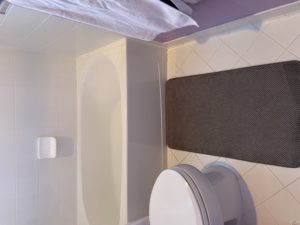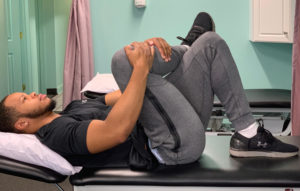If you’ve ever been to a physical therapist, you know that exercise is usually prescribed as the primary treatment for a number of injuries and conditions. Clearly exercise has numerous benefits, but it can sometimes seem counterintuitive to place resistance or load through an injured area — doesn’t it need time to rest and heal? The short answer to that question is generally yes, especially immediately following the injury; however, the appropriate amount of movement and exercise can actually promote healing and recovery.
My goal is to help you understand just how exercise helps restore normal functioning of injured body tissues. This article is part of a series that will discuss how various types of tissue depend on movement to recover. Today’s subject is bone.
In the case of fracture, bone is the exception to the rule of “get it moving ASAP.” Allowing a bone to fully heal is vital to maintaining its structural integrity throughout the rest of your life. However, once it is healed and in cases where the bone has begun to weaken such as osteoporosis or osteopenia, weight-bearing exercise is vital to maximizing its strength and reducing the risk of re-injury.
Exercise helps strengthen bone by increasing its density. Density is typically measured by something called a DEXA scan, which is used to diagnose osteoporosis/osteopenia. Over time, the density as measured by these scans is maintained or increased in response to exercise. However, these increases are site-specific, meaning that exercises involving your lower body will only increase the density of the bones in your lower body (and vice versa with your upper body). Of particular note is that in postmenopausal women — the demographic most affected by osteoporosis — exercise is shown to mitigate losses in bone mineral density. So, after speaking to your physician or physical therapist about which exercises are best for your condition, it’s time to get moving!
Now let’s get specific about the best types of exercise. Exercise that is in an upright position against gravity is considered most effective for improving bone health. Such exercises include walking, jumping, and resistance training with weights or bands. Bone thickens in response to these types of exercise because gravity and the physical pull of the muscle tendons on our bones elicits an adaptive response. Exercises such as swimming, while still very healthy for us, aren’t quite as effective for improving bone density.
Written by: Dr. Scott Newberry


